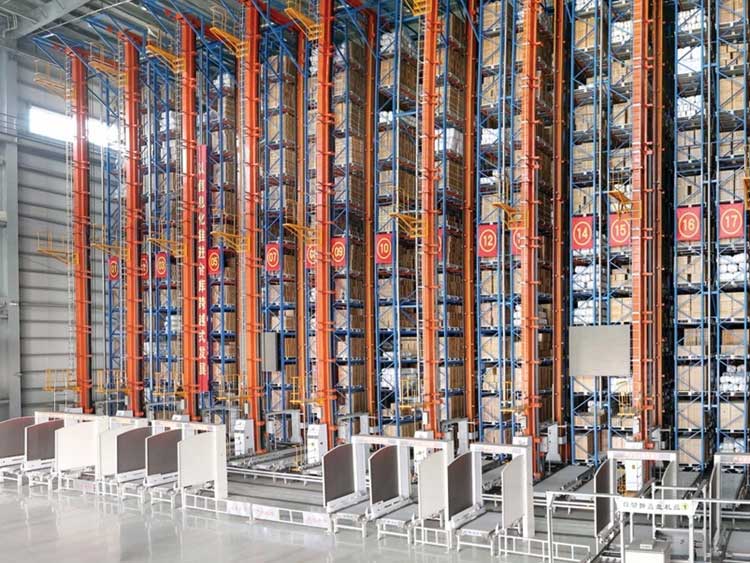Three-dimensional warehouse racks are racks that can efficiently utilize warehouse storage space and are widely used in commercial logistics, manufacturing, medical and other fields. When purchasing three-dimensional warehouse racks, there are some considerations that need to be taken into consideration to ensure the quality and suitability of the racks, which are explained in detail here.
1. Determine storage needs
Before purchasing three-dimensional warehouse racks, you first need to determine the type, volume, weight and other basic information of the stored goods in order to select suitable racks. For example, when storing light duty and small items, you can choose light duty shelves; when storing heavier and larger items, you need to choose heavy-duty racks that can withstand the weight. In addition, the layout of the warehouse and the location of the racks also need to be considered to ensure that the racks can maximize the use of storage space and improve the efficiency of goods storage.
2. Choose suitable materials
The material of the rack is an important factor affecting the quality and service life of the rack. Generally, there are steel, steel-wood combination, aluminum alloy and other materials to choose from. For heavy-duty racks with higher load-bearing requirements, steel with greater thickness and higher hardness should be selected to ensure the stability of the racks. The materials of light duty shelves can be selected according to the actual situation, but it should be noted that the prices of different materials will be different, and the actual situation and cost factors need to be considered comprehensively.
3. Consider the size and height of the racks
The size and height of the racks need to be selected according to actual needs to make full use of storage space and improve the efficiency of cargo storage. The size of the racks should match the goods being stored and should not be too small or too large. The height of the racks should be selected according to the height of the warehouse and the height of the goods stored to ensure that the storage space can be maximized.
4. Determine the structure and installation method of the rack
Different rack structures and installation methods adapt to different storage conditions and needs. For example, single-sided racks are suitable for smaller warehouses, double-sided racks are suitable for larger warehouses, and drive-in racks are suitable for storing larger quantities of goods of the same category. The installation method of the rack also needs to be selected according to the actual situation. Different installation methods will also affect the stability and service life of the rack. The appropriate installation method should be selected as much as possible.
5. Choose suppliers with reliable quality
The quality and brand of racks are important factors affecting the service life and stability of racks. When selecting suppliers, you should try your best to choose companies with well-known brands and good qualifications to ensure rack quality and after-sales service. At the same time, it is necessary to conduct a comprehensive comparison and consider the supplier’s price, delivery cycle and other factors in order to choose the most suitable supplier.
When purchasing three-dimensional warehouse racks, you need to consider multiple factors, such as storage needs, rack materials, rack size and height, rack structure and installation methods, suppliers, etc. During the procurement process, attention needs to be paid to comprehensively considering various factors to ensure that cost-effective and reliable quality racks are purchased and to improve the efficiency and effectiveness of warehouse logistics.
Post time: Aug-09-2024

